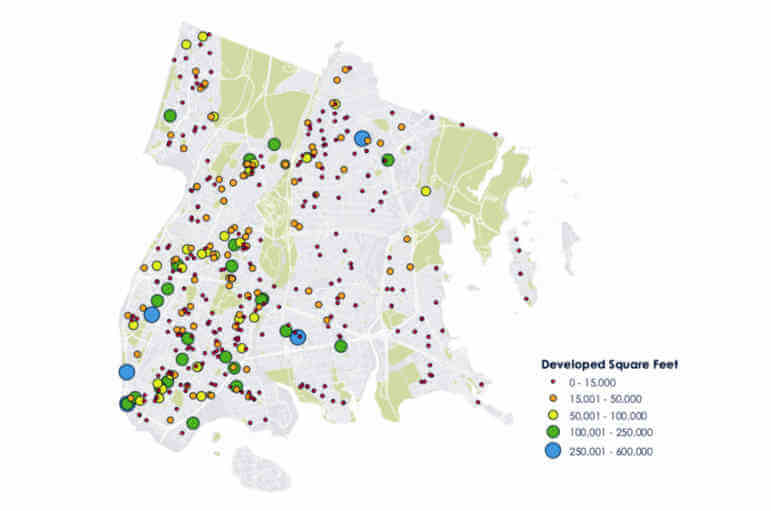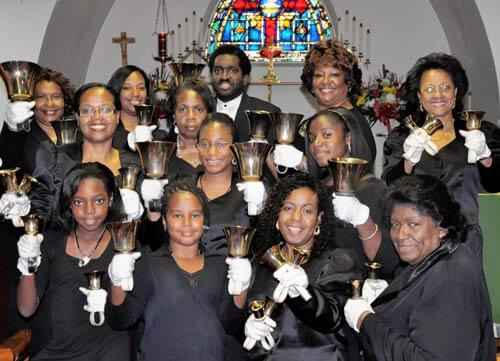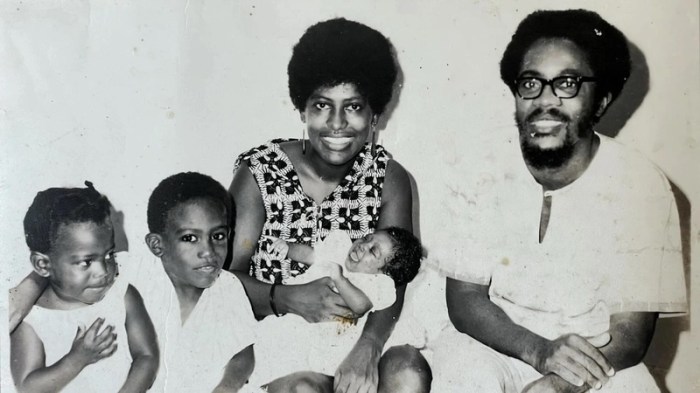I grew up in a Bronx that was burning. Now, it’s building. In this construction boom, developers are pursuing major commercial and residential projects here, especially in the South Bronx.
In 2018 alone, the Bronx set a record with more than $3 billion in new development, according to a recent report.
Today, the challenges Bronx residents face are similar to what residents have experienced in other rapidly changing areas of New York City.
Working class Bronx households are concerned they will be left behind or get pushed out as wealthier people move in and rents go up.
We’ve seen displacement happen in Williamsburg, Jackson Heights, Harlem, and numerous other neighborhoods across the city. And we’ve noticed how recent rezoning efforts in low-income neighborhoods have failed to benefit long-term residents and community members.
Those are disturbing trends the Bronx should make every effort to avoid, rather than repeat.
The Bronx must build better and differently in the years ahead.
My vision is one where developers put Bronx residents to work — and help them pursue careers — building new housing they can afford to live in.
It’s both a worthwhile and an achievable goal. Here’s how to get it done: as developers seek city and state subsidies for new construction projects in the Bronx, they should be required to hire local residents and create union career-path jobs in construction.
During the past decade, our union, Laborers’ Local 79, has expanded access to construction careers for women, people of color, public housing residents, and formerly incarcerated individuals. There are plenty of high-road, pro-union contractors and developers that understand the value of investing in a skilled and trained workforce. But too often they get undercut by low-road, unscrupulous competitors who are only motivated by profit and greed.
These union construction careers come with wages up to $40 an hour or more, along with affordable health care and retirement security.
Working class Bronx residents should be able to enter the middle class through these careers, and help build a better future for themselves, their families, and the borough they love.
To make that happen, it’s necessary to attach labor standards, local hire criteria, and training requirements to Bronx construction projects that receive state or city funding. This is a pragmatic and progressive reform that will improve the lives of thousands of Bronx families.
Think about the alternative: without an expansion of union construction careers, the Bronx will leave residents, especially immigrants and people of color, vulnerable to poverty wages, economic stagnation, and exploitation whenever they work on unregulated construction sites.
We must do better than that. Irresponsible construction is not the path forward.
The Bronx is one of the last bastions of real affordability and economic diversity in urban America. It’s time to expand opportunities for long-term residents and new arrivals to ensure that the gains of economic growth in the Bronx are shared equitably.
Let’s be honest: Union construction careers can lift more working class Bronx residents into the middle class than industries like tech and finance that require expensive advanced degrees.
That’s crucial to keep in mind during a period when cities offer fewer economic advantages to workers without college degrees, as a recent analysis by M.I.T. economists reveals.
Our elected officials should recognize that our city needs more sustainable middle class careers for current and future Bronx residents who work with their hands to build homes and neighborhoods. Dignity is not the entitlement of those who sit in an office behind a desk; it’s a fundamental right of all workers that must be protected and preserved.
The Bronx can and should be at the forefront of New York City’s next middle class — if our city and state invest in a stronger push to make union construction the way we build.
Mike Prohaska is business manager of Construction and General Building Laborers’ Local 79, and a native of the Bronx.


























